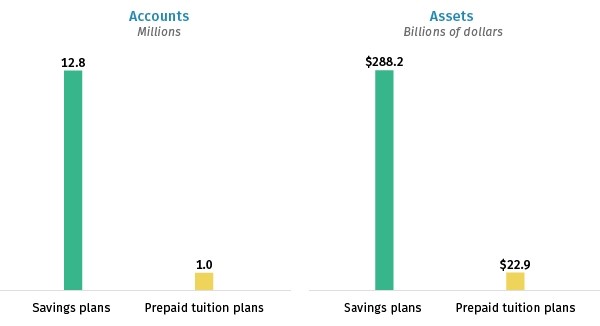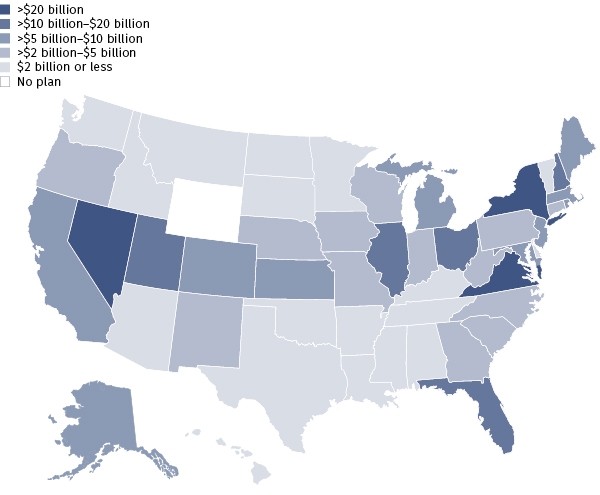ICI Viewpoints
It’s 5/29—Are You Taking Full Advantage of College Savings Opportunities?

Saving for an education is an important financial goal for millions of US households. In fact, nearly one-quarter of mutual fund–owning households indicate saving for educational expenses is one of their goals for their mutual fund investments. An increasingly popular way to save for college is through 529 plans, named for the section of the tax code that provides for their favorable tax treatment.
There are two types of 529 plans: prepaid tuition programs and savings plans. States currently offer both of these types of plans. In addition, a group of nearly 300 private US colleges and universities offers a prepaid tuition program called the Private College 529 Plan, which allows investors to purchase discounted tuition at any participating college or university.
529 Plans Have More than $300 Billion in Assets
At year-end 2018, assets in both types of 529 plans totaled $311.1 billion, representing 13.8 million accounts. 529 savings plans have grown in popularity, holding $288.2 billion in assets at year-end 2018 on behalf of 12.8 million accounts (Figure 1).
Figure 1
529 Savings Plans Are Popular
Year-end 2018

Sources: Investment Company Institute and College Savings Plans Network
529 Plans Are Available in Nearly All States and Washington, DC
Nearly all states and the District of Columbia offer 529 plans (Figure 2). Some 529 plans are available through financial advisers and others are direct-sold plans. Some have residency requirements, while others are open to all US residents. It’s important to compare plans (this helpful tool shows state offerings side by side) and to consider additional tax advantages (such as a state tax credit or deduction, or matching grants) that may be offered to state residents.
Figure 2
529 Plan Assets by State
Year-end 2018

Sources: Investment Company Institute and College Savings Plans Network
See ICI’s FAQs on 529 Plans, where we have all of the above resources and more, including links to other helpful sites.
Sarah Holden is the Senior Director of Retirement and Investor Research at ICI.
Christina Kilroy is the Vice President of the ICI Education Foundation.
